Misinformation about the coronavirus, ranging from bad advice to conspiracy theories, makes the work of health leaders trying to get accurate data to the public more difficult https://t.co/LuoWGwA2pQ
— Harvard University (@Harvard) May 11, 2020
Battling the ‘pandemic of misinformation’ The sheer volume of COVID-19 misinformation and disinformation online is “crowding out” the accurate public health guidance, “making our work a bit more difficult” ........... “Misinformation could be an honest mistake or the intentions are not to blatantly mislead people,” like advising others to eat garlic or gargle with salt water as protection against COVID-19 ......... create fake content, like a video purporting to show the Chinese government executing residents in Wuhan with COVID-19 or “Plandemic,” a film claiming the pandemic is a ruse to coerce mass vaccinations ............ “When the president says disinfectants … or anti-malaria drugs are one way to treat COVID-19, and other people say, ‘No, that’s not the case,’ the public is hard-pressed to start wondering, ‘If the authorities cannot agree, cannot make up their minds, why should I trust anybody?’” ........... At many major news outlets, reporters and editors with no medical or public health training were reassigned to cover the unfolding pandemic and are scrambling to get up to speed with complex scientific terminology, methodologies, and research, and then identify, as well as vet, a roster of credible sources. Because many are not yet knowledgeable enough to report critically and authoritatively on the science, they can sometimes lean too heavily on traditional journalism values like balance, novelty, and conflict. In doing so, they lift up outlier and inaccurate counterarguments and hypotheses, unnecessarily muddying the water. ............. “The idea of covering the science in a two-sided way on areas where there really isn’t any disagreement has struck me as very, very odd, and it keeps coming up over and over again.” ........... right-leaning media outlets, which have largely repeated news angles and viewpoints promoted by the White House and the president on the progress of the pandemic and the efficacy of the administration’s response, boosting unproven COVID-19 treatments and exaggerating the availability of testing and safety equipment and prospects for speedy vaccine development. ...........
what’s coming from Fox News and other pro-Trump media goes well beyond misinformation
........ Whether downplaying the views of government experts on COVID-19’s lethality, blaming China or philanthropist Bill Gates for its spread, or cheering shutdown protests funded by Republican political groups, it’s all part of “an active disinformation campaign,” she said, aimed at deflecting the president’s responsibility as he wages a reelection campaign. ....... Over time, bubble dwellers can become cocooned in a media echo chamber that not only feeds faulty information to audiences, but anticipates criticisms in order to “prebut” potential counterarguments that audience members may encounter from outsiders, much the way cult leaders do. .............. “It’s not enough to introduce new pieces of evidence. You have to break through their strategies to diminish that counterevidence, and that’s a much harder thing to do than merely exposing people to different perspectives” ............... Many cognitive biases get in the way of even the best truth-seeking strategies, so perhaps we could all benefit from a little more intellectual humility in this time of such great uncertaintyHow far are we from a vaccine? Depends on who ‘we’ is If “we” are healthy volunteers willing to be inoculated to see whether an experimental vaccine works, the answer is that some are already getting it, and more will be enrolled in the coming months. Once an effective solution emerges, hopefully by early next year, it may take another six to eight months to reach priority populations like U.S. health care workers and first responders. Other essential workers, including those toiling for low wages in grocery stores and food production, should not be forgotten .........
“If ‘we’ is a person in Burkina Faso, or Laos, and [they are] expecting to see a vaccine in the next three years, I would be very surprised [if they see it]”
......... The Trump administration, for instance, skipped a meeting of global leaders late last month called to get them to commit to distribute any future vaccine in an equitable way and declined this week to attend a fundraising conference by the European Union to coordinate vaccine efforts. The head of one of the world’s largest vaccine processing operations in India said in a recent media report that any vaccine it produces will go to protect India’s population before doses are sent abroad. ....... “I’ve not seen anything like this in my entire career. This is moving at lightning speed” ........... giving the drug to patients earlier in the course of their illness may make an even more significant impact. ..........when social distancing is relaxed, plans must be in place for a possible resurgence of infections.
The coronavirus update
Those suggesting that anti-authoritarianism, libertarianism, and suspicion of gov't means the U.S. couldn't possibly mount a national test, trace and isolate program seem not to acknowledge that nearly the whole country has willingly quarantined now for about six weeks. (1/x) https://t.co/JA9SYjhLhr
— David Wallace-Wells (@dwallacewells) May 11, 2020
Goldman Sachs warns stocks will tumble 18% in the next 3 months — and lays out 6 risks they think investors are ignoring https://t.co/Ve0J3wwS0W
— Business Insider (@businessinsider) May 11, 2020
A new surge in coronavirus cases took Russia's tally past those in Italy and the UK, making it the third highest in the world https://t.co/23HvawwmHS pic.twitter.com/j6oFwfcwse
— Reuters (@Reuters) May 11, 2020
#COVID-19: How Gulf countries are managing contagion, leading search for cure https://t.co/sVoA4n0dTU
— Gulf News (@gulf_news) May 11, 2020
कोरोना भाइरस (कोभिड( १९)को प्रभावका कारण विभिन्न मुलुकमा रहेका ५ लाख ८८ हजार ७ सय नेपाली स्वदेश फर्किन चाहेका छन् ।@ourjayahttps://t.co/QmyBcqSPv1
— ekantipur (@ekantipur_com) May 11, 2020
#Lockdown3 | Report 90 minutes in advance and other rules as limited trains start tomorrow
— Hindustan Times (@htTweets) May 11, 2020
(reports @A2D2_)https://t.co/RHXvahGoTF pic.twitter.com/YGqeJxHvUN
Elon: If you feel uncomfortable coming back to work at this time, please do not feel obligated to do so. These are difficult times, thank you.
— Third Row Tesla Podcast (@thirdrowtesla) May 11, 2020
Moron: So you want to MURDER your workers & FORCE them to DIE so you can make MONEY?
Elon: did you even read what I said
Moron: no pic.twitter.com/eHM7mNOrWx
bro with every day i am unprepared for the hell images my brain will be forced to process and come to terms with https://t.co/PNidEeGvUX
— 🌙alicia🖤 (@trgrrl) May 10, 2020
it’s a privilege to live in a country where you can do this to the premier with zero repercussions, don’t ever take it for granted pic.twitter.com/B38ouSE9uB
— Jim Pickard (@PickardJE) May 10, 2020
This is exemplary. She was my hero in kargil coverage during my school days and nothing changed even now https://t.co/pILjMIbYKH
— Nomadic (@warlock12111) May 11, 2020
If your governor is for you why is he 'mandating' you wear masks that are doing you more harm than good? Where did your constitutional right to choose go? Why are you going along with this dictator? Why is he getting hair cuts and getting paid when you're not? Wake Up Kentucky! pic.twitter.com/8bPgTV4f4d
— Sherry Higdon (@higdon_sherry) May 11, 2020
COVID-19 cure: ‘Just a breath away’ How Gulf countries are managing contagion, leading search for cure .......... Dubai confirmed the first coronavirus case on January 29, 2020 (a 73-year-old Chinese tourist from Wuhan), the first confirmed case in the Gulf, and wider Middle East region ........ On Monday (May 11, 2020), the total coronavirus cases in the six Gulf Cooperation Council (GCC) states crossed the 100,000 mark ......... Pre-COVID-19, Gulf cities were vibrant, busy. For one, each year, Saudi Arabia welcomes millions of pilgrims to Mecca and Madinah from around the world — a mass movement of the faithful on a journey of a lifetime unbroken over the centuries, until the virus came. ........ Pre-COVID, Dubai International, the world’s busiest airport in terms of international passengers, was clocking in more than 1,000 aircraft movements daily. ........ Massive COVID-19 testing has been rolled out, drive-through test centres have been set up across the UAE and other Gulf countries. ....... Saudi Arabia’s Health Minister Dr Tawfig al-Rabiah warned that the number of cases could hit up to 200,000 within weeks .........
The large number of cases from Iran prompted Bahraini officials to accuse the Iranian government of “biological aggression”.
.......... The Omani minister of health warned that the country was about to see a spike in cases. ........ March 20: Qatar places its largest labour camp for migrant workers in total lockdown after hundreds of construction workers became infected with COVID-19. ........ March 31: Saudis urge more than one million Muslims intending to perform Haj to put plans for 2020 on hold. ........ April 5: Two aid planes carrying medical supplies fly from UAE to Pakistan. .......... April 15: Field hospital at Dubai World Trade Centre opens with a capacity to treat 3,000 COVID-19 patients. Dubai Police use 3D printing, provides 1,000 3D-printed face shields to frontline personnel. ........ April 18: UAE gets 5.5 million hydroxychloroquine pills from India. .......... April 21: UAE’s aid planes carry approximately 260 tonnes of medical and food aid to 24 countries in the region and beyond since the outbreak of pandemic COVID-19. ........ May 2: The UAE sends an aid plane containing seven metric tonnes of medical supplies to India to bolster the country's efforts to curb the coronavirus crisis.Coronavirus News (88) https://t.co/Y1Ee35wlVJ #coronavirus #COVID19 #Covid_19 #COVID2019 #lockdown #pandemic #pandemia
— Paramendra Kumar Bhagat (@paramendra) May 11, 2020
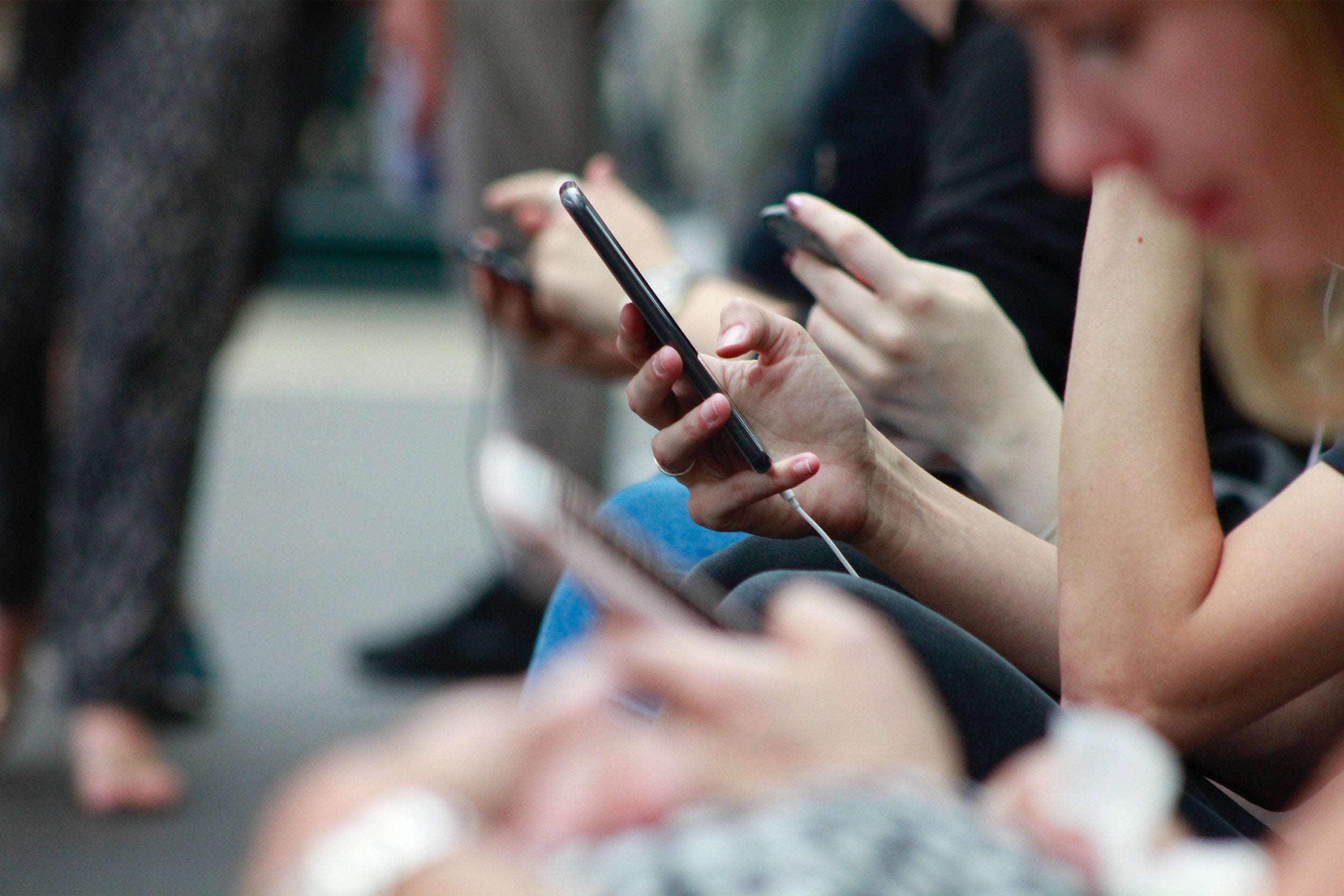


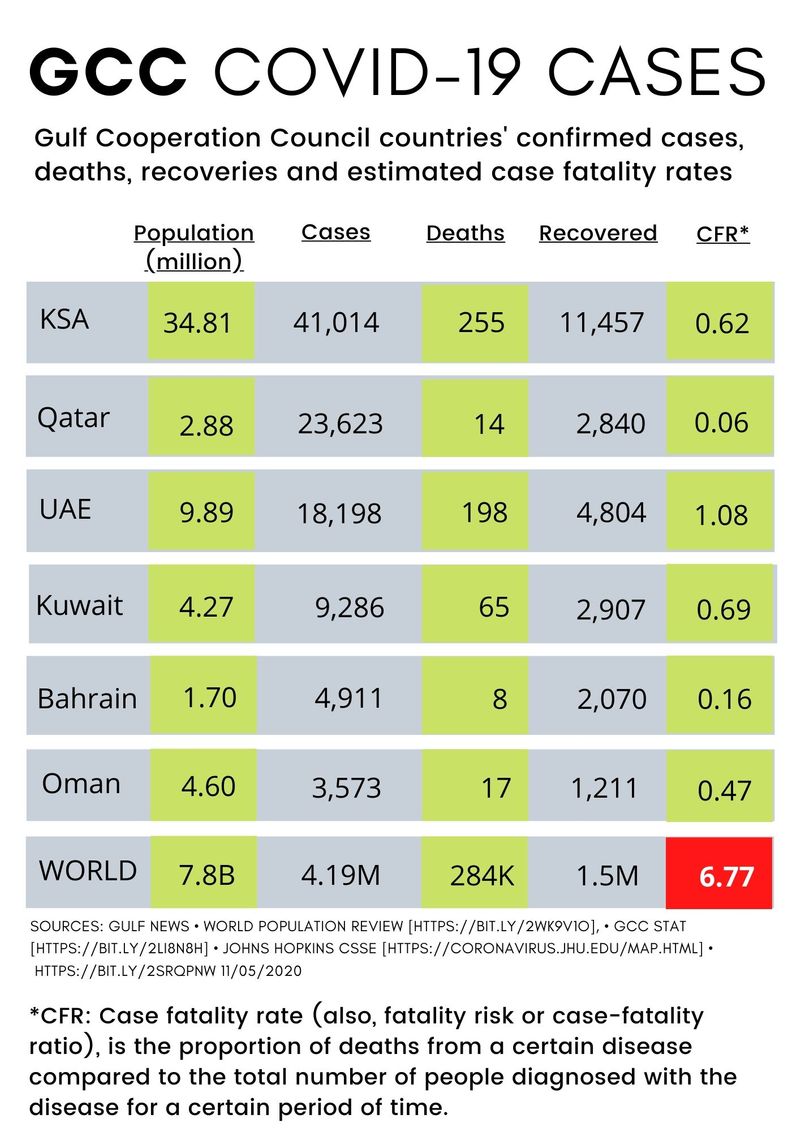

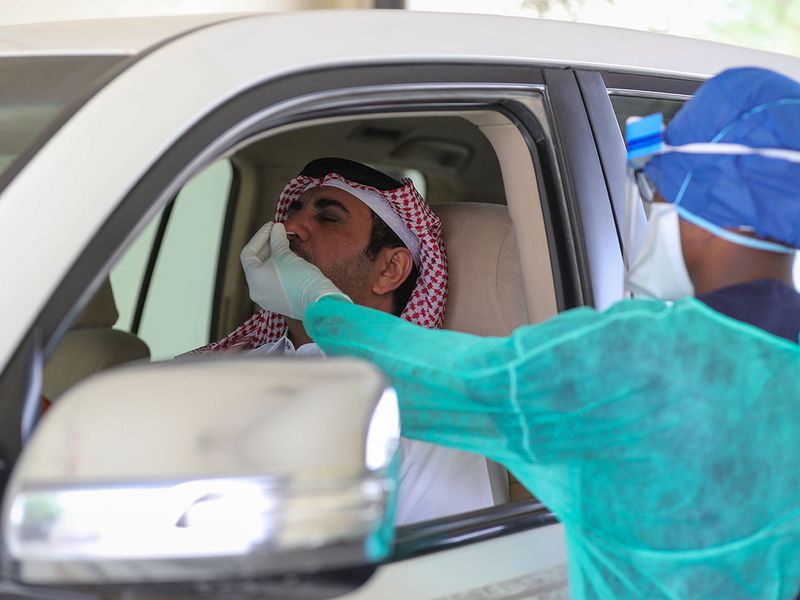
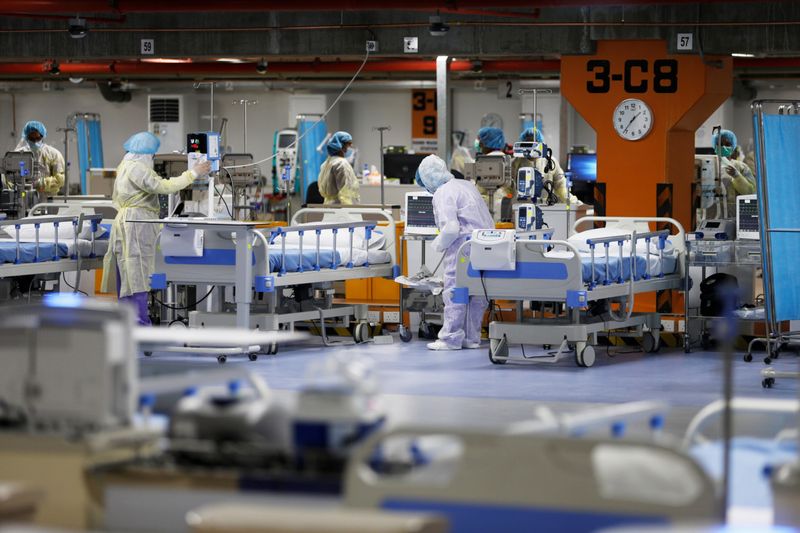
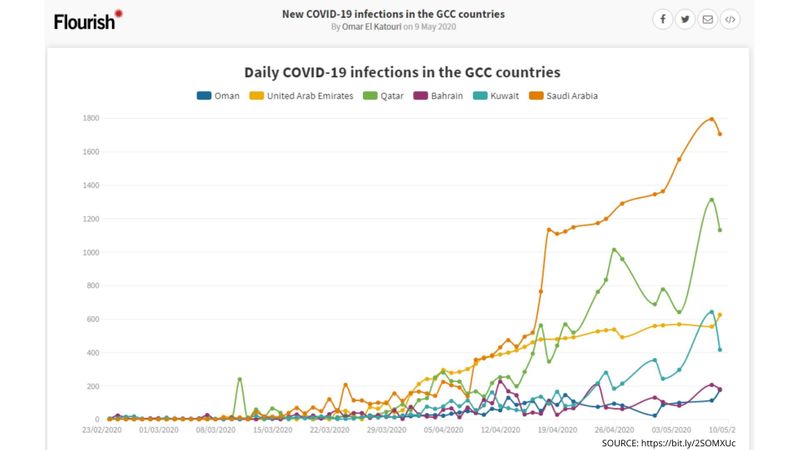





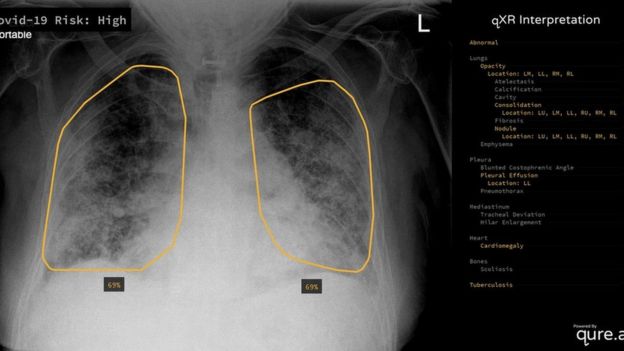
:format(webp)/cdn.vox-cdn.com/uploads/chorus_image/image/66748336/635097386.jpg.0.jpg)
:format(webp):no_upscale()/cdn.vox-cdn.com/uploads/chorus_asset/file/19941362/full_list_cumulative_total_tests_per_thousand.png)
:format(webp):no_upscale()/cdn.vox-cdn.com/uploads/chorus_asset/file/19941121/daily_covid_cases_per_million_three_day_avg.png)






